
José de Ribera Baroque Era painter Tutt'Art Pittura * Scultura * Poesia * Musica
Jose de Ribera ("el Españoleto") Játiva 1591 - Naples 1652. Son of a cobbler, José de Ribera was a painter, printmaker and draughtsman who lived and worked in Naples throughout his career. Almost nothing is known of his early training in Spain although some authors have suggested that he had contacts with Francisco Ribalta.
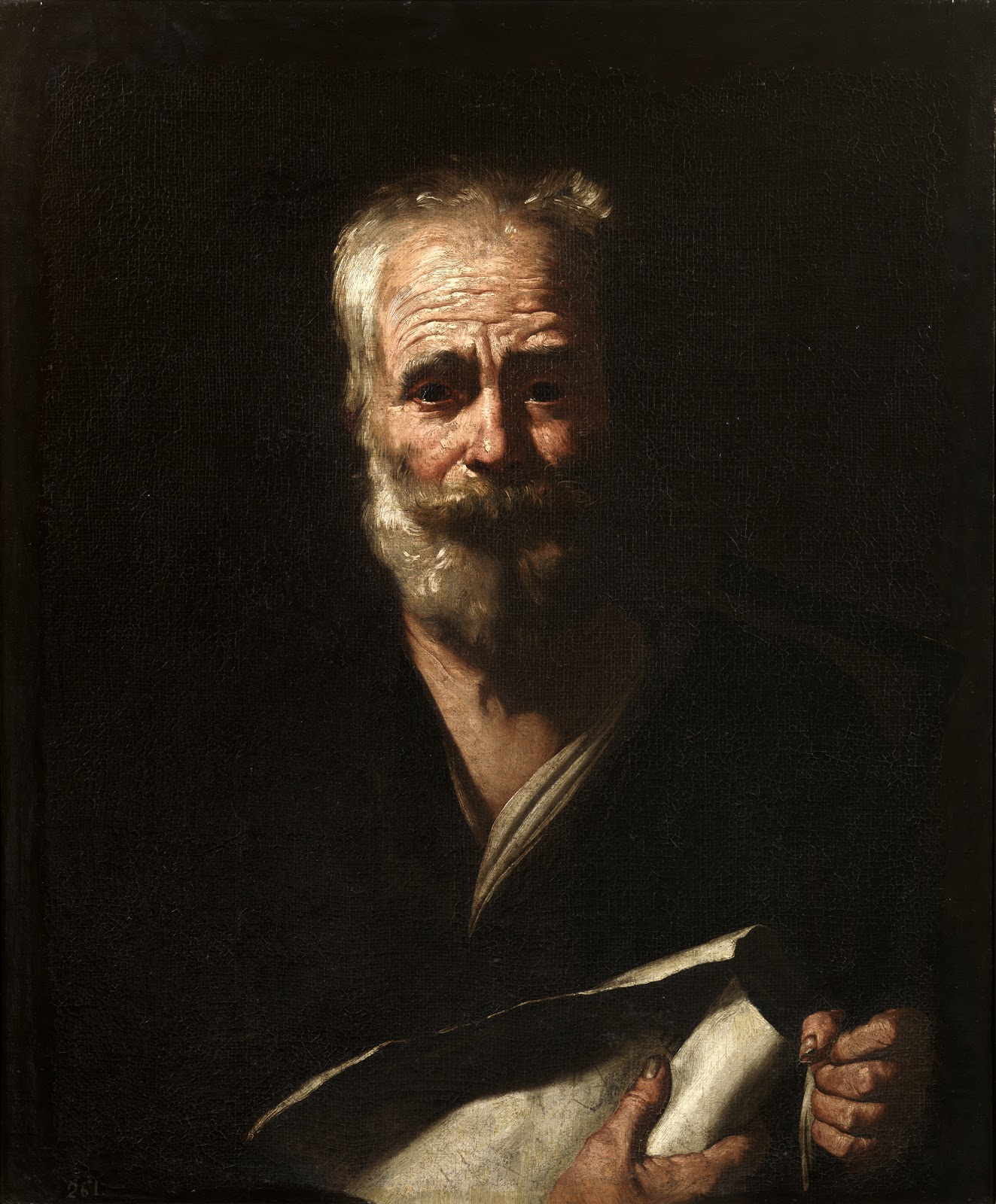
José de Ribera Baroque Era painter Tutt'Art Pittura * Scultura * Poesia * Musica
Jose de Ribera (Spanish OE de Ribera also known as Husepe de Ribera (Jusepe de Ribera) and Spagnoletto (Lo Spagnoletto - "the little Spaniard") 12 January 1591, Xativa - September 2, 1652, Naples) Spanish caravaggist of the seventeenth century, painter and printmaker. A brilliant representative of the Baroque art. Since 1629 member of the Roman Academy of St. Luke.
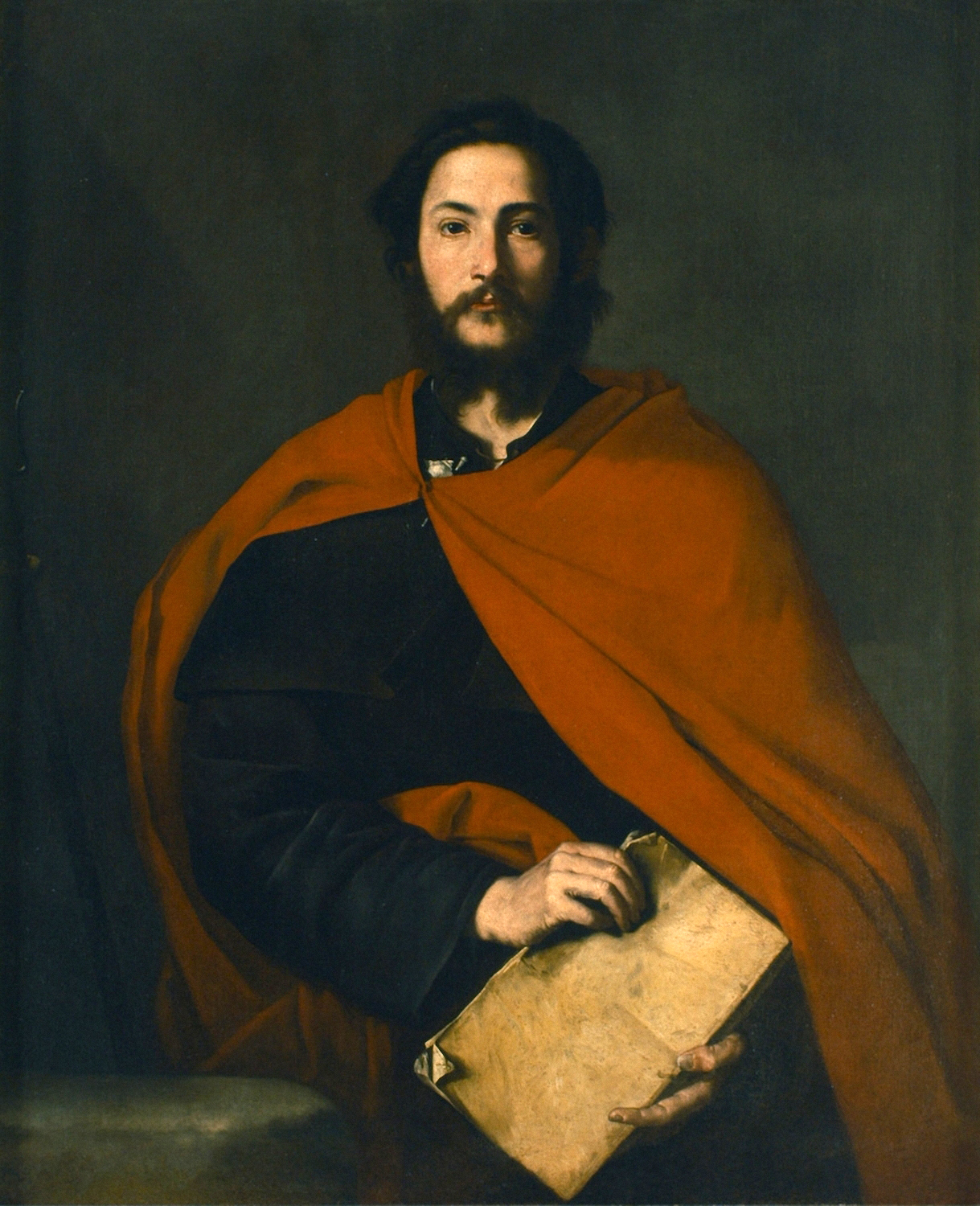
Jusepe de Ribera Baroque Era painter Tutt'Art Pittura • Scultura • Poesia • Musica
Jusepe de Ribera. Faces contorted in pain, mutilated bodies, sagging flesh, bearded women and deformed boys: such is the stuff of Jusepe de Ribera's paintings. The fact that Ribera was probably the most influential painter of the Spanish Baroque (even more influential than his far more famous compatriot, Velázquez) tends to be overshadowed by.

José de Ribera Baroque Era painter Tutt'Art Pittura * Scultura * Poesia * Musica
Jose de Ribera was a 17th-century Spanish painter and engraver. One of the most famous representatives of the realistic school of Valencia, who skillfully used the sharp contrast of light and shadow. In his works, José de Ribera, like other caravaggists, uses a deliberately dark background and brightly lit faces, which makes the image as.
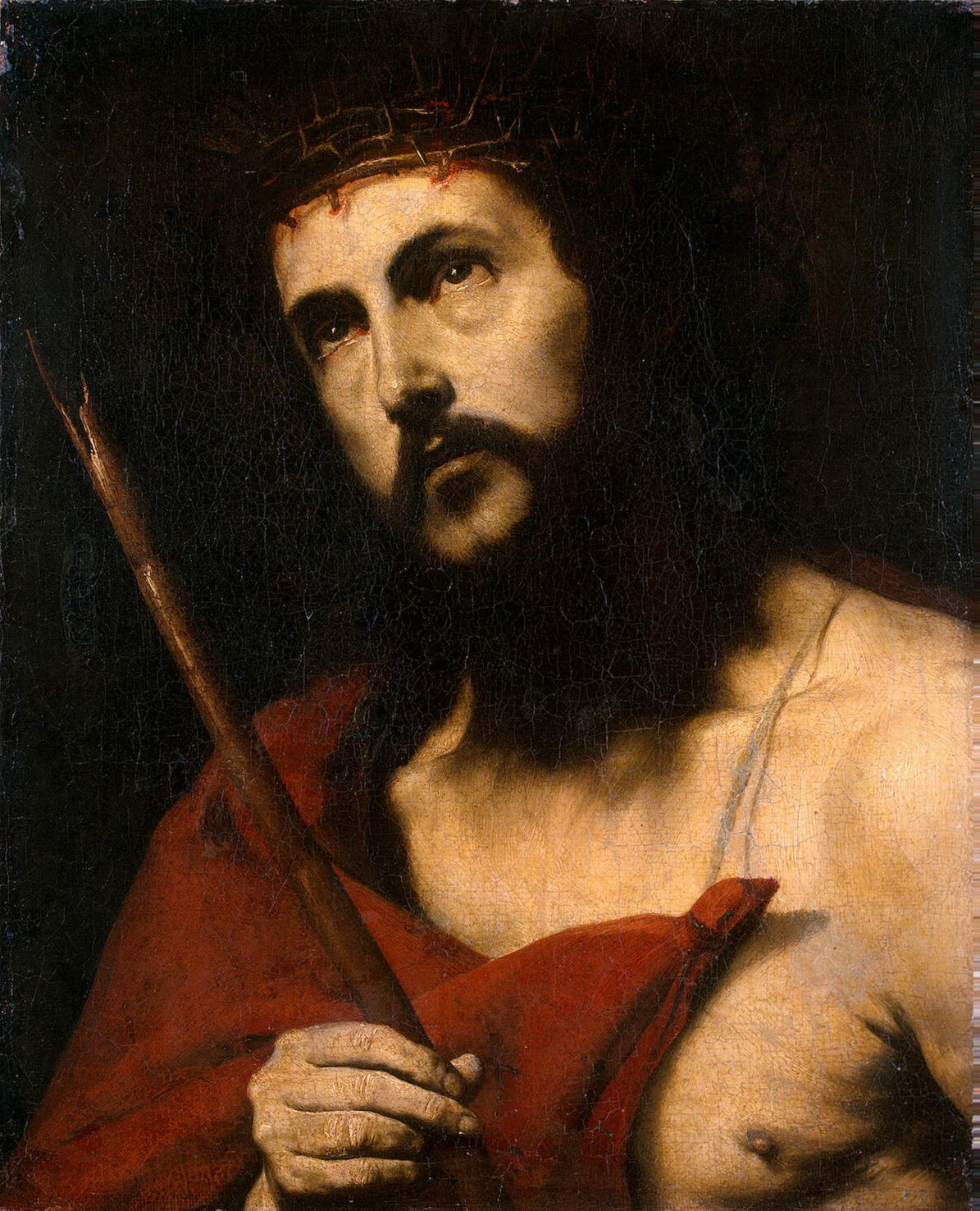
José de Ribera Baroque Era painter Tutt'Art Pittura * Scultura * Poesia * Musica
Jusepe de Ribera ( Valencian: [josep ðe riˈβeɾa]; 1591 - 1652) was a Spanish painter and printmaker. Ribera, Francisco de Zurbarán, Bartolomé Esteban Murillo, and the singular Diego Velázquez, are regarded as the major artists of Spanish Baroque painting.

José de Ribera Spanish Baroque Painter, Caravaggisti Britannica
Jusepe de Ribera (Valencian: [josep ðe riˈβeɾa]; 1591 - 1652) was a Spanish painter and printmaker. Ribera, Francisco de Zurbarán, Bartolomé Esteban Murillo, and the singular Diego Velázquez, are regarded as the major artists of Spanish Baroque painting. Referring to a series of Ribera exhibitions held in the late 20th century.
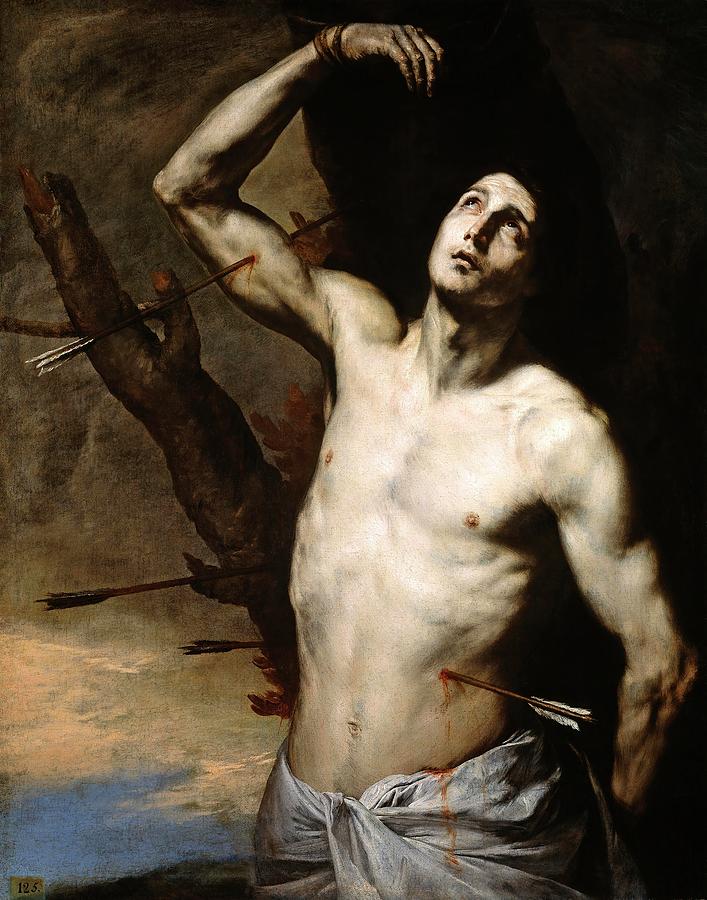
Jose de Ribera / 'Saint Sebastian', 1636, Spanish School. Painting by Jusepe de Ribera 1591
About. Transcript. Jusepe (José) de Ribera, The Martyrdom of Saint Philip, 1639, oil on canvas, 92 x 92 in. (234 x 234 cm), (Museo Nacional del Prado, Madrid) Speakers: Dr. Beth Harris, Dr. Steven Zucker The English Romantic poet, Lord Byron, wrote that the artist, "Spagnoletto [the little Spaniard] tainted/His brush with all the blood of all.
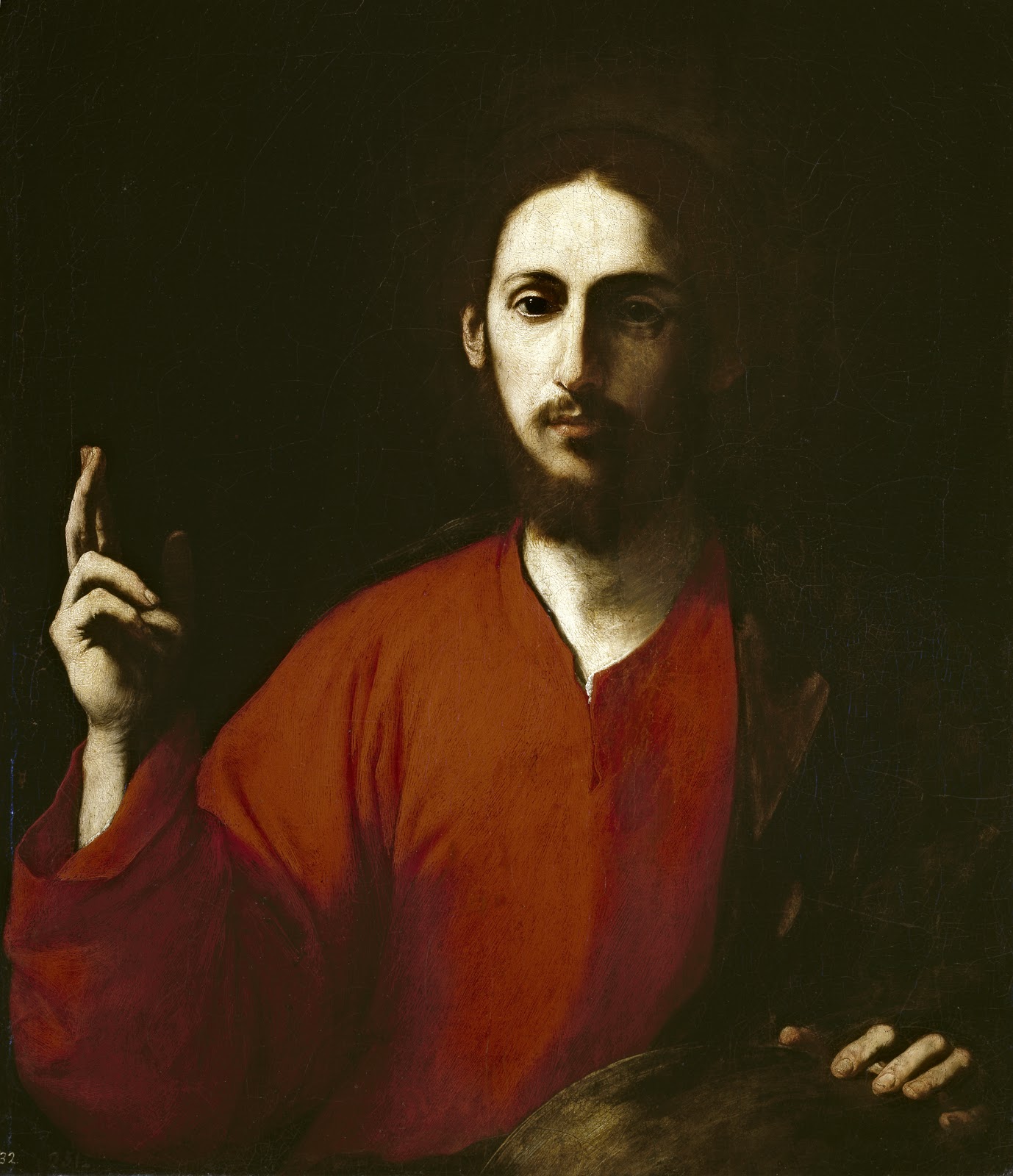
Jusepe de Ribera Baroque Era painter Tutt'Art Pittura • Scultura • Poesia • Musica
Orihuela, Mercedes, Jusepe de Ribera. Fons Dels Museus del Prado i Sant Pius V, Museo San Pio V, Valencia, 1992. Ribera, 1591-1652, Catálogo de la exposición celebrada en Madrid, Museo del Prado, 2 junio-16 agosto 1992, Museo del Prado, Madrid, 1992, pp. 292. Buendía, José Rogelio, El Prado.

Jusepe de Ribera Wikipedia
Jusepe de Ribera was born in 1591 in the town of Jativa, near Valencia, in Spain. It seems likely that Ribera first studied painting in Valencia, but there is no documentation for this or for an eighteenth-century biographer's assertion that the young painter studied with Francisco Ribalta (1565-1628).
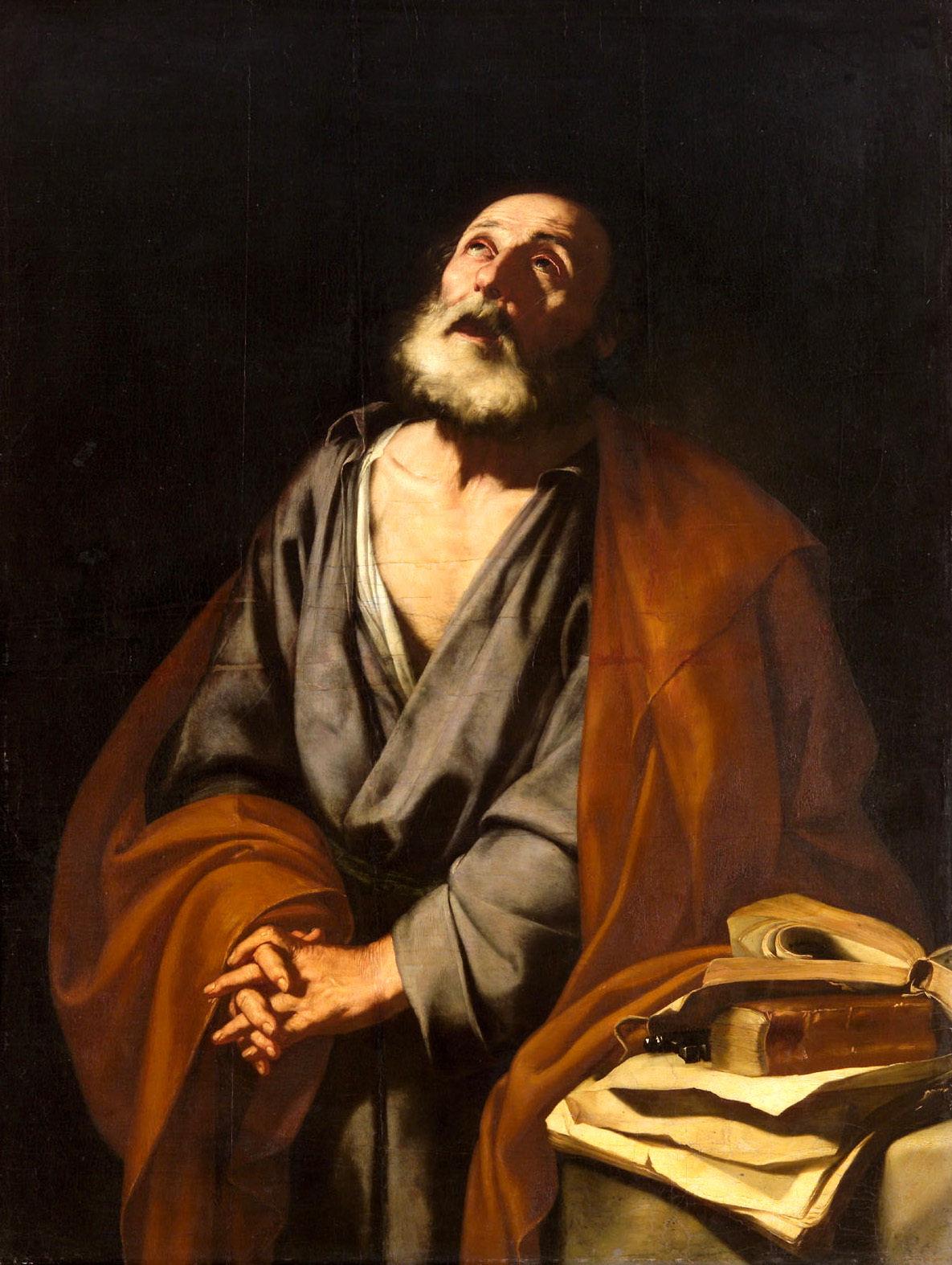
José de Ribera Baroque Era painter Tutt'Art Pittura * Scultura * Poesia * Musica
José de Ribera, (baptized February 17, 1591, Játiva, Spain—died September 2, 1652, Naples [Italy]), Spanish painter and printmaker, noted for his Baroque dramatic realism and his depictions of religious and mythological subjects. He was born in Spain but spent most of his life in Italy.

José de Ribera Baroque Era painter Tutt'Art Pittura • Scultura • Poesia • Musica
The Bearded Woman (La Mujer Barbuda) (1631) painting by Jusepe de Ribera is an intriguing and thought-provoking composition. It touches on ideas around gender, femininity, and concepts of beauty and ugliness. The article below will discuss this 17th-century Baroque portrait. Table of Contents [ Show]

Claudio Tomassini José de Ribera
The Pietà - Ribera, Jose de. Museo Nacional Thyssen-Bornemisza. The present canvas is signed and dated "Jusepe de Ribera español 1633" on the stone at the lower right corner, a formula used by the artist throughout the 1630s and to which on occasions he added his place of origin, "valenciano". The canvas dates from one of Ribera's.

José de Ribera Baroque Era painter Tutt'Art Pittura * Scultura * Poesia * Musica
The painting is one of the most celebrated of Jusepe de Ribera´s so-called ragged philosophers.Although born in Spain, the artist spent his entire professional life in Italy.He appears to have been largely responsible for the invention of the subject in the mid 1610s, and it enjoyed great success in Italy over the course of the seventeenth century in the hands of artists such as Salvator Rosa.
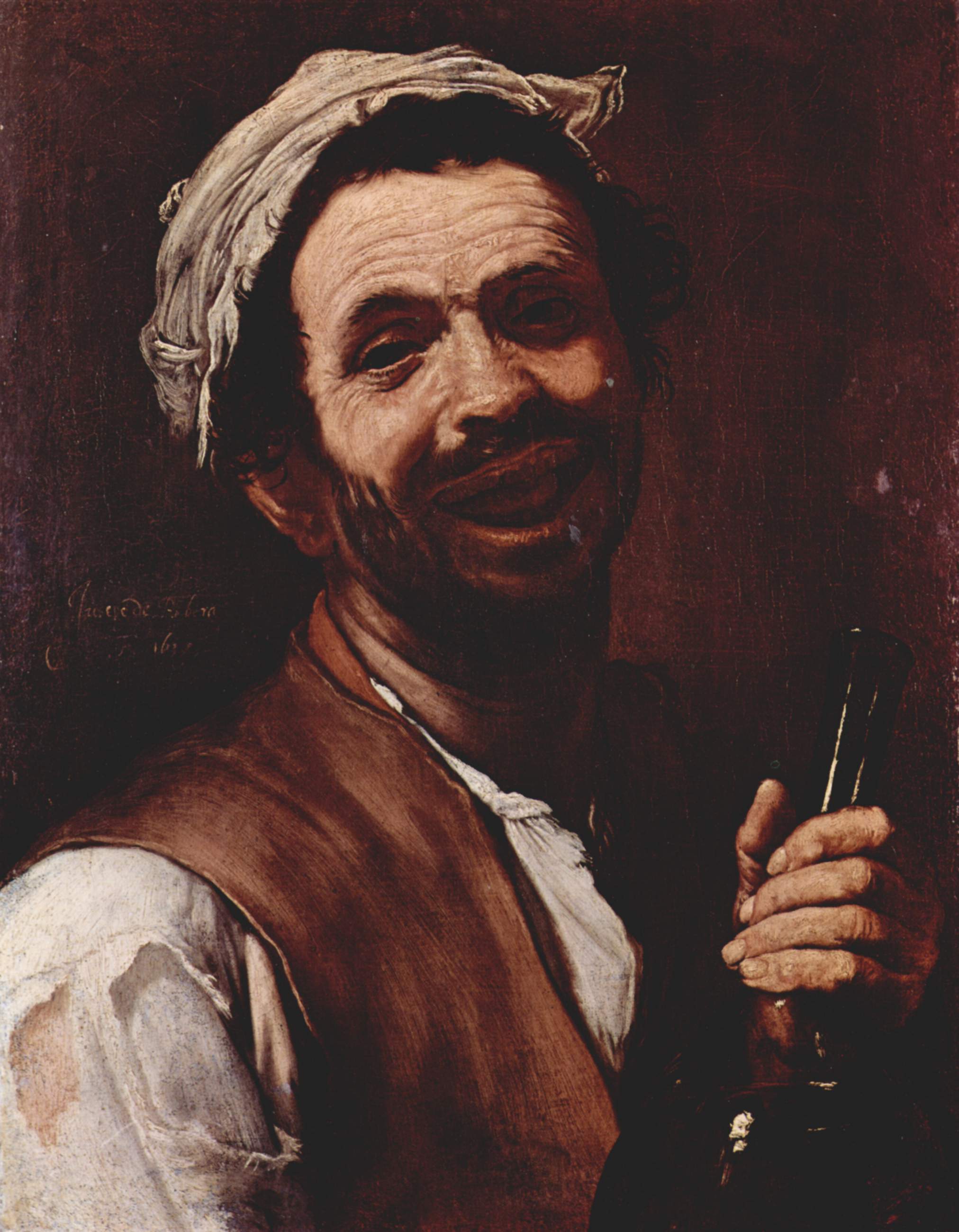
Aquella Generación de 1956 EL PRADO Jose Ribera
P01101. The Martyrdom of Saint Philip ( Spanish: Martirio de San Felipe) is a painting by Jusepe de Ribera from 1639. It is considered one of his best works. The Spanish critic Eugenio d'Ors said of it " almost, almost like a Russian ballet." The painting is exhibited in the Museo del Prado in Madrid .
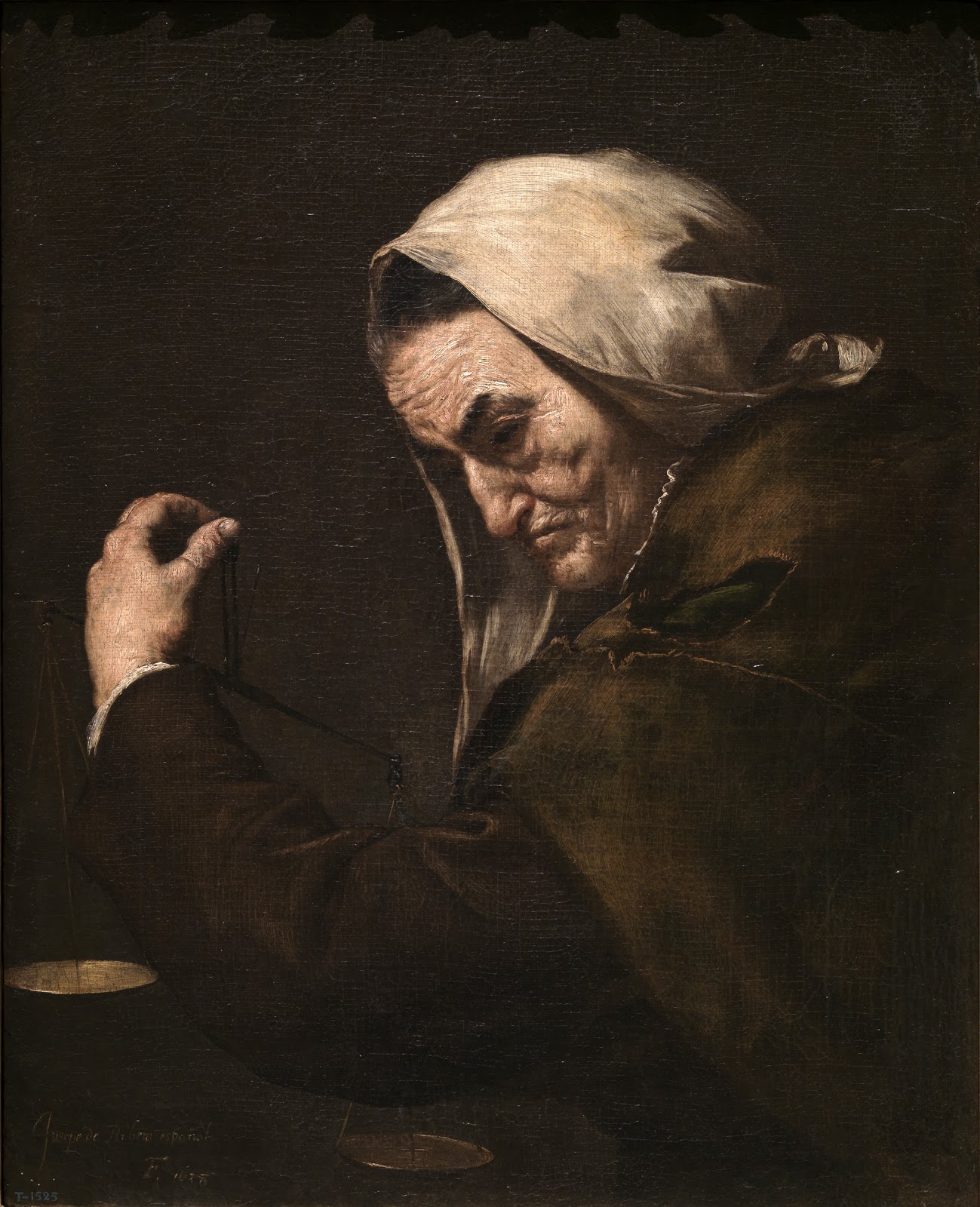
José de Ribera Baroque Era painter Tutt'Art Pittura * Scultura * Poesia * Musica
Students. Scholars. (1591-1652). Spanish painter and printmaker José de Ribera was noted for his Baroque dramatic realism and his depictions of religious and mythological subjects. A citizen of Naples (Italy), he laid the foundation for Neapolitan painting. José de Ribera (also called Jusepe, Josef, or Giuseppe) was baptized on February 17.

El patizambo, José de Ribera La guía de Historia del Arte
Frame. Loan Restrictions. Title: The Tears of Saint Peter. Artist: Jusepe de Ribera (called Lo Spagnoletto) (Spanish, Játiva 1591-1652 Naples) Date: ca. 1612-13. Medium: Oil on canvas. Dimensions: 63 3/4 x 45 in. (161.9 x 114.3 cm) Classification: Paintings. Credit Line: Purchase, Gift of Mrs. William M. Haupt, from the collection of Mrs.